Is skim coating drywall standard procedure in new home construction? I was under the impression that it was only done in more upscale/pricier homes. I see a lot of drywall installers but not a lot of plasterers. Do the drywall folks plaster too?
Discussion Forum
Discussion Forum
Up Next
Video Shorts
Featured Story
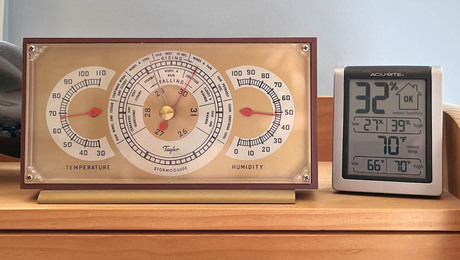
Source control, ventilation, and filtration are the keys to healthy indoor air quality. Dehumidification is important too.
Highlights
"I have learned so much thanks to the searchable articles on the FHB website. I can confidently say that I expect to be a life-long subscriber." - M.K.
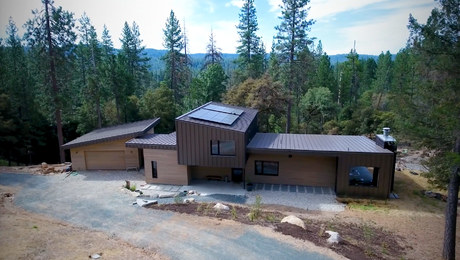









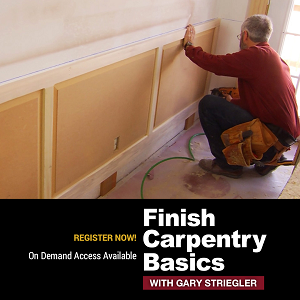
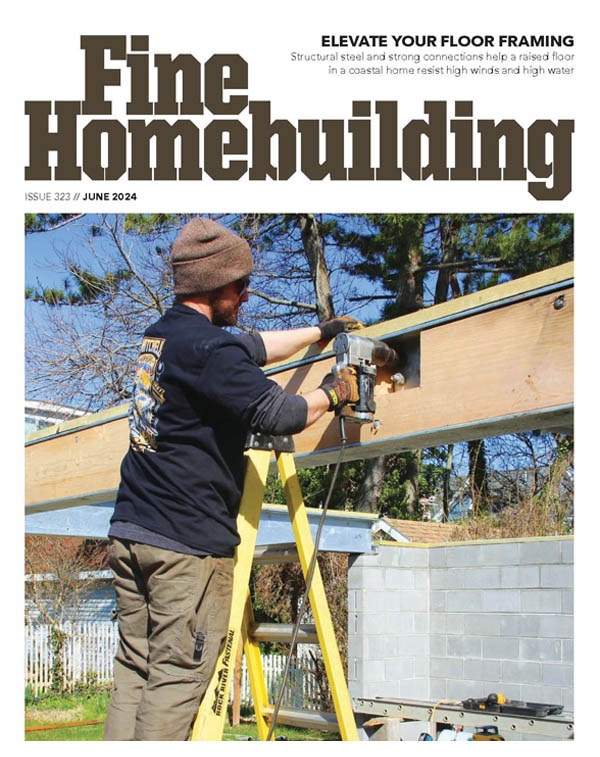

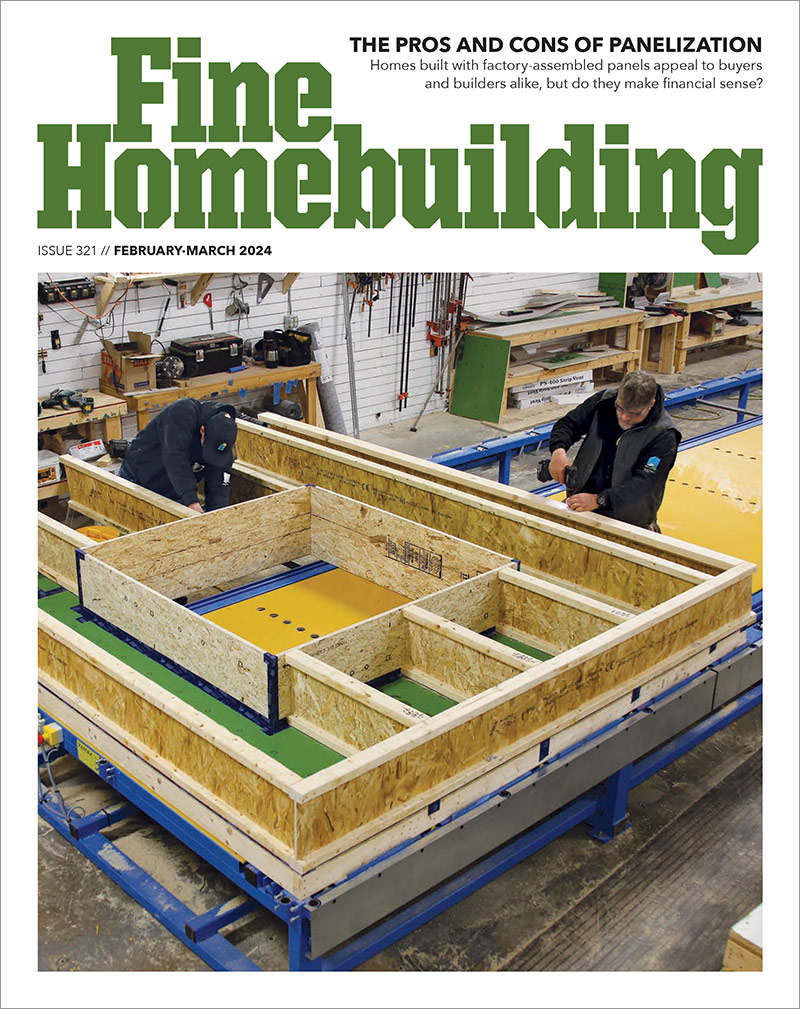
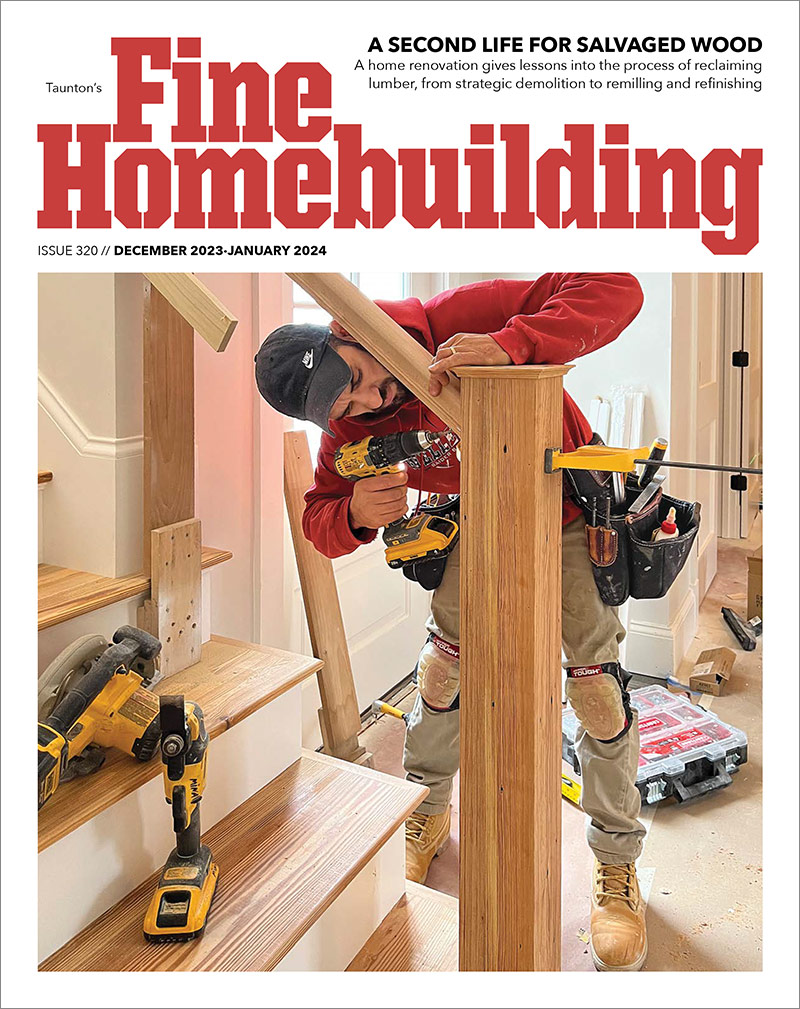
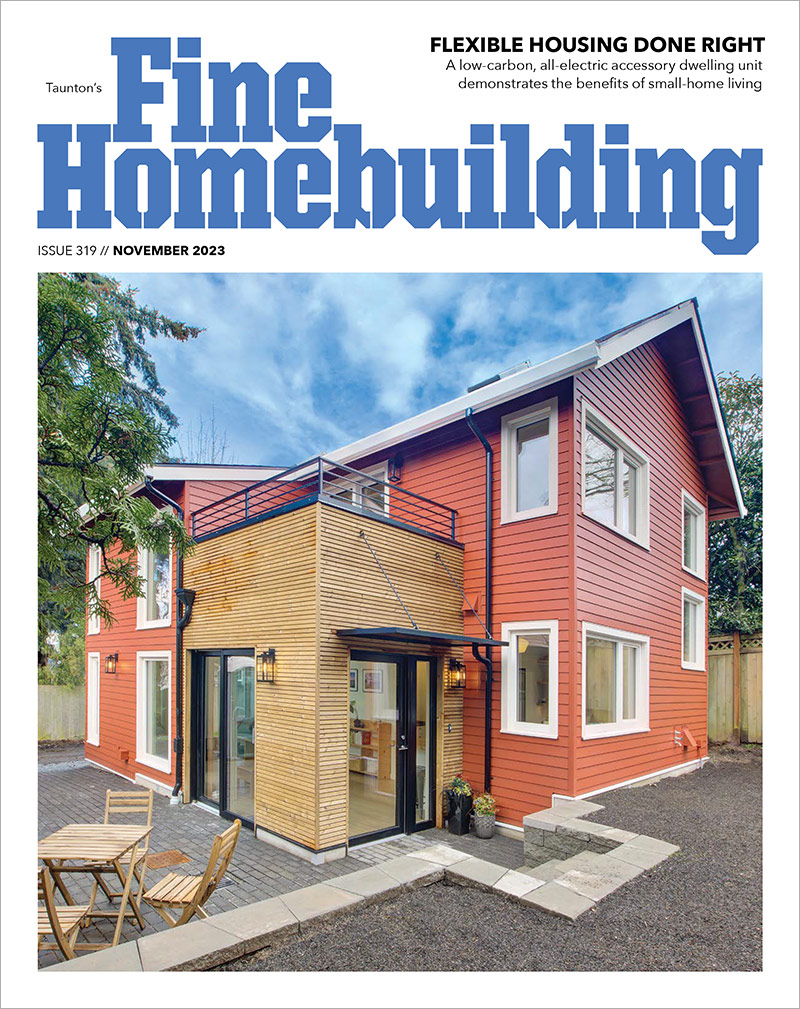

Replies
They spray on a texture as often as not. When I did my bedroom renovation., I had to look for an actual plasterer who could do a smooth skim coat. In my back room addition I skipped the drywall and just put smooth stucco directly over the block. Again I had to shop for a plasterer who could do that.
Yeah, skim-coated drywall in an entire house is pretty rare, and is only seen in "upscale" (ie, overpriced) new construction. Of course, if a good job is done on installing and taping the drywall, skim coating is not usually necessary, except for areas that simply refuse to lay flat.
Jim
Here in NW Ohio the term skimcoat means 2 things.
one is an actual skim where a layer of thinned compound covers all the board. Hardly ever used anymore to even out the finished product. It would be considered the highest level of drywall finishing and hence the most $.
So the roll coat was developed where a thick napped roller and thinned compound or the newer drywall "first coat" was used to give a soft stipple on the board. This helped to blend the paper non taped area of the board but not near as covering and hiding as the skimcoat. The finish was not "smooth".
so for a better higher level finish that both blended and hid the difference between board and taped areas and also was smooth, finishers rolled or sprayed the "firstcoat" or thinned compound on the board and then troweled it smooth. A wide knife or even wider thin and flexible "trowel" is dragged on the fresh coating.
its hard and time consuming to reach a plaster level with drywall. Some times you get what you pay for.
What you are looking for, in drywall, might be called a "level 5" finish. A typical "level 4" finish is applied (tape and two coats on seams, with proper sanding in between) and then a skim coat is applied and troweled off. It really helps make a uniform appearance (when the taped joints are sanded, they can get glass smooth while the paper is porous and you can get uneveness in the appearance of the surface. Fine Homebuilding had a bunch of books and videos by this guy, Myron Ferguson: https://www.youtube.com/user/thatdrywallguy I learned how to do this by watching him.
plaster vs. drywall
Jimmie
The standard for drywall seam finishing is to use paper tape set in a base coat of Joint compound(mud), which is then smoothed with a taping knife. The proper method is to tape & mud only the joints/seams (tapered & butt). It's not proper to "skim coat" the field of drywall (gray board ) in any fashion, with joint compound, but that doesn't mean it's not done, it's just not correct to do it. The reason it is done is to try to mimmick the look of a real veneer plaster finish coat , but at a cheaper cost.
Veneer plaster is the better, more durable finish that is trying to be copied. The correct "system" is to use "blueboard" , which is specifically made to accept a veneer skim coat of plaster. The joints/seams of the blue board are taped using fiberglass tape and a setting type compound (NOT joint compound) , then after setting up for a few hours, the veneer plaster is mixed up and applied across the entire wall surface. There is of course sanding of the joint seams (if needed) prior to applying the "finish coat". It's the appearance and durability of this veneer plaster surface that is trying to be copied by using joint compound over gray board, but it is NOT the same in any way, other than a similar apperance, but even then it isn't the same if you have seen the real thing. There are many variations that try to mimic the real veneer plaster look, but none can achieve the same durability and/or look IMHO!
furthermore; when speaking of the application of veneer plaster vs. joint compound, there are two (2) types of trowels. The first is for joint compound, and has a curved blade, it is also sometimes used when applying the veneer plaster to the FIRST coat on the seams ONLY. But all the coats of joint compound are done with a curved blade. When you go to the veneer finish coat on blueboard, you are using a flat trowel only. The curved blades are marked "drywall" and the straight blades are marked "cement". You cannot properly apply a veneer coat of any material with a curved trowel, you must use a flat trowel.
Hope this helps to clear things up for you. Oh, and yes it's getting harder to find a real plasterer , let alone a good one!
Geoff
b.t.w. I'm just north of beantown